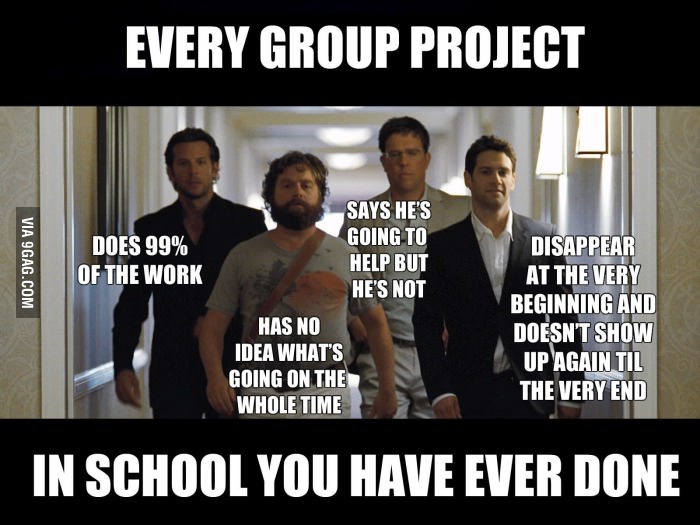While I am a commerce student, I have always had an artistic side to me. I particularly love hands-on craft projects, digital media, and quite frankly, anything that deviates from writing standard papers. In such case, I perceived that a marketing project would be the perfect outlet to express my creativity; however, this misconception was quickly brought to question.
Upon skimming through the assignment, I concluded that doing well on the assignment would require an extensive application of both qualitative and quantitative skills, rather than simply just “thinking outside of the box.” Yet, the required SWOT diagram, the marketing environment research and STP components really did not seem all too thrilling.
To add to the mix, the abundance of information on The Coca-Cola Company made filtering and conducting thorough analysis difficult. While we all were conducting endless hours of research and undertaking late night procrastination sessions, we were a living example of a team that was working hard but not smart.
However as the course progressed, our marketing professor really emphasized the importance of market segmentation for a firm. I now see the benefit in segmenting consumer groups with similar needs and wants to allow firms to best utilize their finite resources (to develop appropriate buyer based marketing strategies).
So when it came to part C, the daunting video assignment, our team was already more keen on doing the research, which led to all of us taking a more proactive approach in:
1) Ensuring that we had face-to-face meetings to improve our productivity & to mitigate miscommunication
2) Scheduling our meetings and “check points” at least 3 days in advance
3) Dividing up the work equally
4) Giving our best effort
5) Submitting a day before the deadline
Through my group work experience, I have realized the significance and necessity of goal setting, planning, and face-to-face communication for group projects. By taking these appropriate measures, teams can be instrumental in meeting deadlines and can prevent falling victim to social loafing: a phenomenon where people deliberately exert less effort to achieve a goal when they work in a group than when they work alone.
I can attest that our team’s combined performance in making the video really showcased our skill set. Rosa’s artistry, Ria’s imagination, Maddi’s organization, Raf’s flexibility, and mine and Nathalie’s editing and creative design abilities were highlighted throughout the video, making it a proud achievement for all of us.





